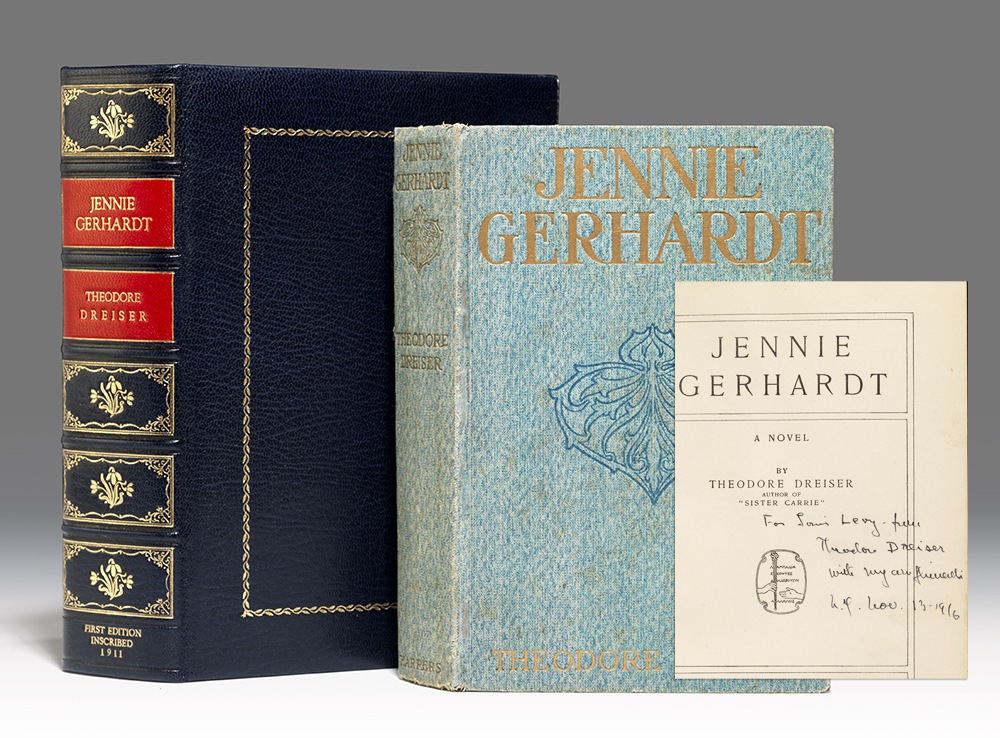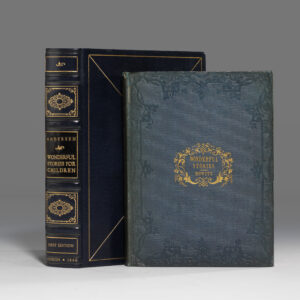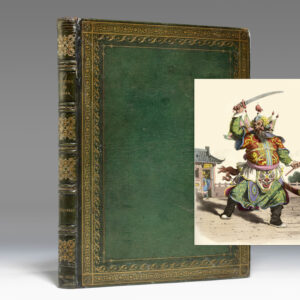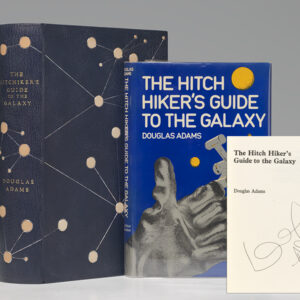Description
“A GREAT BOOK”: RARE PRESENTATION/ASSOCIATION COPY OF JENNIE GERHARDT, INSCRIBED BY DREISER TO HIS LAWYER AT THE HEIGHT OF THE LANDMARK DEFENSE AGAINST OBSCENITY TARGETING DREISER’S NOVEL THE ‘GENIUS
DREISER, Theodore. Jennie Gerhardt. New York and London: Harper & Brothers, 1911. Octavo, original light blue cloth.
First edition of Dreiser’s second novel, an important presentation/association copy inscribed by Dreiser to the lawyer leading his defense against charges of obscenity that sparked the suppression of his 1915 novel The ‘Genius,’ this copy inscribed on the title page, “For Louis Levy, from Theodore Dreiser with my compliments. N.Y. Nov 13, 1916.”
Publisher Rutger Jewett “advanced Dreiser 15 dollars a week to encourage him to keep working on his [second] novel, Jennie Gerhardt, which had to do with Dreiser’s older sister Mame? Jennie came out to mixed critical response. The Lexington (Kentucky) Herald said it was ‘utterly base’ because it dealt with all the ‘baser instincts of the worst order of human animals? But Floyd Dell, writing a full-page review in the Evening Post, called it ‘a great book? H. L. Mencken headed his review ‘A Novel of the First Rank’ and compared Jennie with the works of Zola, Tolstoy, and Conrad. He said it was the best book he had ever read, ‘with the Himalayan exception of Huckleberry Finn” (Grazia, 109). First edition, first issue binding with “Theodore Dreiser” gilt-lettered on the spine. Second issue text with “it” in line 30 (p 22). Without extremely scarce dust jacket. Orton 6. McDonald 3. Dreiser dated this inscription to his lawyer at the height of the controversial legal defense opposing charges of obscenity that caused the suppression of his novel The ‘Genius’ (1915). “The firm of John Stanchfield and Louis Levy had agreed to take the case for no fee” in a landmark effort to oppose the banning of all books that fell within a “sweeping vague standard, applied informally by editors and legally by Comstock? The ‘Genius’ case conceivably provided an opportunity” for finally opposing this practice (Lingeman, 328).
Interior fresh and clean, lightest edge-wear and minor soiling to bright gilt cloth. An about-fine presentation copy with an important inscription in the legal and literary history.



